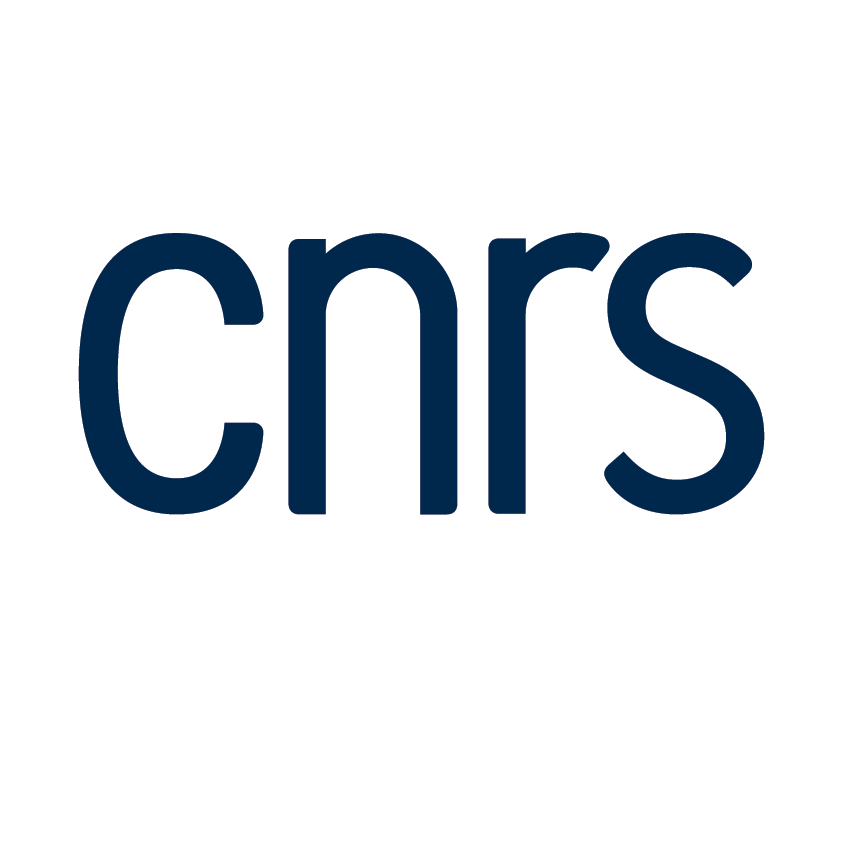Retour
Séminaire de Calcul Scientifique et Modélisation
Reconstruction Techniques and Riemann Solvers for Finite Volume Methods / Techniques de Reconstructions et Solveurs de Riemann pour les Méthodes de Type Volumes Finis
Birte Schmidtmann
Salle 2
le 30 novembre 2017 à 11:00
We are interested in the numerical solution of hyperbolic conservation laws on the most local compact stencil consisting of only nearest neighbors. In the Finite Volume setting, in order to obtain higher order methods, the main challenge is the reconstruction of the interface values. These are crucial for the definition of the numerical flux functions, also referred to as the Riemann solver of the scheme. Often, the functions of interest contain smooth parts as well as discontinuities. Treating such functions with high-order schemes may lead to undesired oscillations. However, what is required is a solution with sharp discontinuities while maintaining high-order accuracy in smooth regions. One possible way of achieving this is the use of limiter functions in the MUSCL framework which switch the reconstruction to lower order when necessary. Another possibility is the third-order variant of the WENO family, called WENO3. In this work, we will recast both methods in the same framework to demonstrate the relation between Finite Volume limiter functions and the way WENO3 performs limiting. We present a new limiter function, which contains a decision criterion that is able to distinguish between discontinuities and smooth extrema. Our newly-developed limiter function does not require an artificial parameter, instead, it uses only information of the initial condition. We compare our insights with the formulation of the weight-functions in WENO3. The weights contain a parameter ε, which was originally introduced to avoid the division by zero. However, we will show that ε has a significant influence on the behavior of the reconstruction and relating the WENO3 weights to our decision criterion allows us to give a clarifying interpretation. In a second part, we will review some well-known Riemann solvers and introduce a family of incomplete Riemann solvers which avoid solving the eigensystem. Nevertheless, these solvers still reproduce all waves with less dissipation than other methods such as HLL and FORCE, requiring only an estimate of the globally fastest wave speeds in both directions. Therefore, the new family of Riemann solvers is particularly efficient for large systems of conservation laws when no explicit expression for the eigensystem is available. Joint work with: M. Torrilhon (RWTH Aachen University), B. Seibold (Temple University, Philadelphia), Rémi Abgrall (University of Zurich), Pawel Buchmüller (Universität Düsseldorf )




